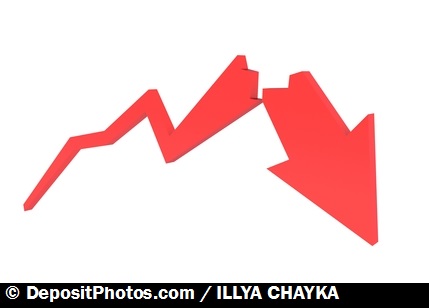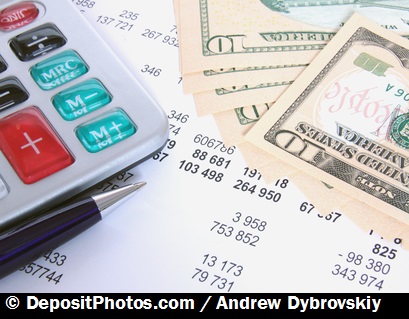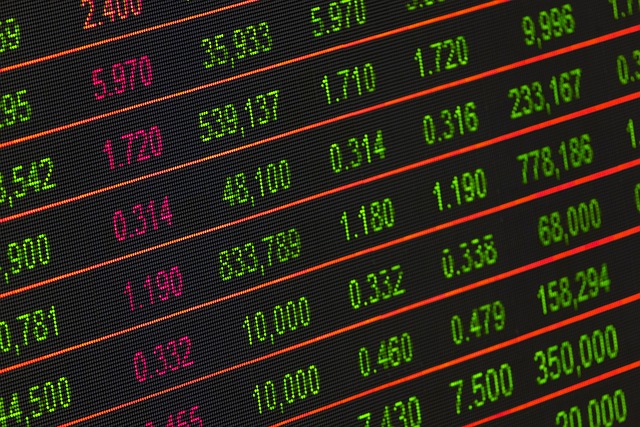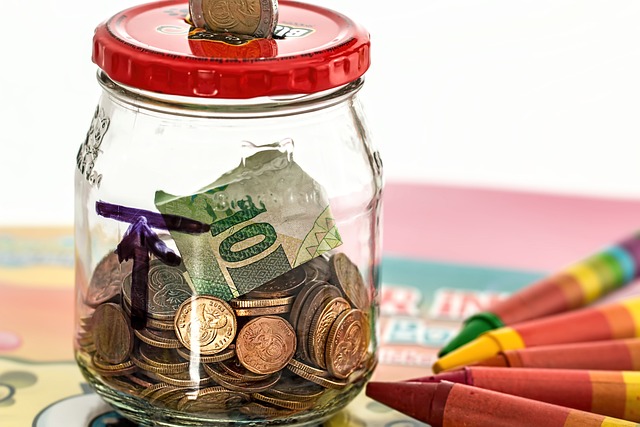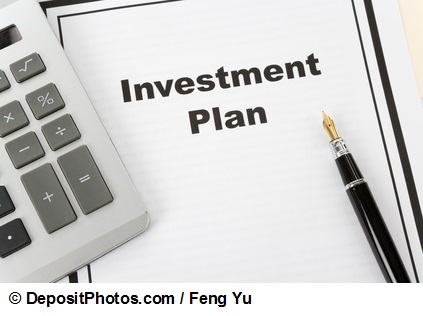Key Points:
- Market crashes are sudden declines in stock value, driven by economic conditions and market psychology.
- Historical examples like Tulip Mania and the 1929 Crash show the wide-ranging impact of market downturns.
- Investors can mitigate the risks through proper research and financial planning.
So you wake up, go about your normal routine, at the breakfast table going through the newspaper, planning the day ahead in your mind, when suddenly the news on the tv perplexes your senses. The Market has crashed! and everything joined to it is on a downward slope that no one knows will end, when. Everything that follows only accelerates the disaster, companies going bust, people getting unemployed, banks running out of money.
The invisible financial machinery which we take for granted becomes miserable when it starts crumbling down and it splits out the rotten, rusted nuts that were hidden in the sophisticated mechanism of law, accounting wizardry and the loopholes between computers and transitional business deals.
Recession, Depression, the Great Depression, are suddenly brought out of economics textbooks and becomes everyday words. Words used to express the economic uncertainty that surround everyone. People start questioning the very fabric of the economic engine, responsible for the bread and butter of generations before them.
What Is a Market Crash?
Stock market crash can be defined in different ways in terms of the manner in which they happen and the different many causes responsible for the crash.
When the value of the stock prices face a downward fall in a notable section of the stock market, causing a severe damage to the paper money which causes a dramatic decline in the indices and equities known as Stock Market Crash. These crashes are caused by several economic factors most likely after a speculative Stock market bubble is burst.
A stock market crash is process caused by exterior economic events summed up with people’s behaviour and mentality in a positive feedback loop hole where less number of sellers encourage more traders to participate in selling their shares.
Stock market crashes are social phenomenon where external economic events combine with psychology and market participants behaviour where extensive selling drives more and more sellers to the market making the market take a rapid decline .
Generally speaking, crashes usually occur under the following conditions: a prolonged period of rising stock prices and overvalued market prices,a sudden overall bearish outlook of the market, when P/E ratios exceed the long-term averages, and extensive use of leverage and debt on margin by market participants.
Some Of The Biggest Crashes In Market History
Here’s a look at 10 other great market crashes and some of their unusual consequences.
Tulip Mania 1637
Holland’s Tulip mania saw prices for fancy tulip bulbs soar to prices many times a skilled artisan’s annual income. A single Viceroy tulip bulb would sell for 2500 florins a value roughly equivalent to $1,250 in current American dollars, while a rarer Semper Augustus bulb could easily go for twice that. Then one day in Haarlem a buyer failed to show up and pay for his bulb purchase. The ensuing panic spread across Holland, and within days tulip bulbs were worth only a hundredth of their former prices. The tulip bubble had burst.
The Mississippi Bubble 1720
John Law was an Englishman convicted of manslaughter over a fatal duel in Bloomsbury square in London. He subsequently became French finance minister. He oversaw the establishing of a stock company tied to speculation in France’s American territories whose shares subsequently crashed. Law eventually died impoverished in Venice.
South Sea Bubble 1720
Not to be outdone by the French, the English managed to concoct their first modern market crash centered on trading in a company with absolutely no prospects. Political cronyism, self-dealing, and insider trading characterized this English stock company crash. Does anything ever change?
Black Friday 1869
A genuine American market crash, sparked when financiers James Fisk and Jay Gould sought to exploit political connections to corner the gold (US:GCZ2) market. Gold’s peak price of $162 an ounce wasn’t exceeded for more than 100 years. The scandal tarnished the administration of Ulysses S. Grant, and a subsequent congressional investigation was led by future president James Garfield.
1882 Paris Bourse crash
Triggered by the failure of l’Union Generale, the subsequent carnage threatened almost a quarter of the brokerages on the bourse, until a loan from the Bank of France stabilized the market. On the plus side, painter Paul Gauguin is said to have quit the brokerage business after the crash and moved onto better things.
Panic of 1907
Started by a failed attempt to corner stock in United Copper in Oct. 1907. Subsequent brokerage and bank failures only halted when J.P Morgan convinced other trust company presidents to provide backing to Trust Company of America. The crisis ultimately lead to forming of the Federal Reserve system.
1929 Market Crash
THE stock market crash. Highly leveraged investors saw fortunes built over a decade melt away in hours as the Roaring 20s gave way to the Great Depression. Ultimately led to the forming of several Federal agencies aimed at preventing a repeat.
Mini-crash, Asia Financial crisis, Oct. 27, 1997
Hong Kong’s Hang Seng index slumps 6% triggering global slumps, with the Dow ending the day early, down 554.26 points.
Bailout vote fails, Sept. 29, 2008
The Dow Jones Industrial Average sees its biggest one-day point drop ever after Congress fails to pass the TARP bailout bill. The index slide of more than 700 points ushers in a period of intense instability in the wake of the Lehman Bros. bankruptcy. Here a trader stands outside the New York Stock Exchange.
Flash Crash, May 6, 2010
The first of a new kind of market crash characteristic of high-frequency trading markets. The Dow plunged almost 1,000 points in a matter of minutes, as computer algorithms, which accounted for around half of trading volume at the time, stopped offering bids for shares, prompting huge drops.
Moral Of The Story:
Market crashes have happened in the past and will happen in the future. Its a phenomenon that has become unavoidable for the market but may be avoidable for the investors through proper research and some insight. Someone wants to put his money in the stock market must also prepare oneself for a market crash as there is a big chance he will see at least 2 crashes if he goes on to be in the market for 40 years or more.

